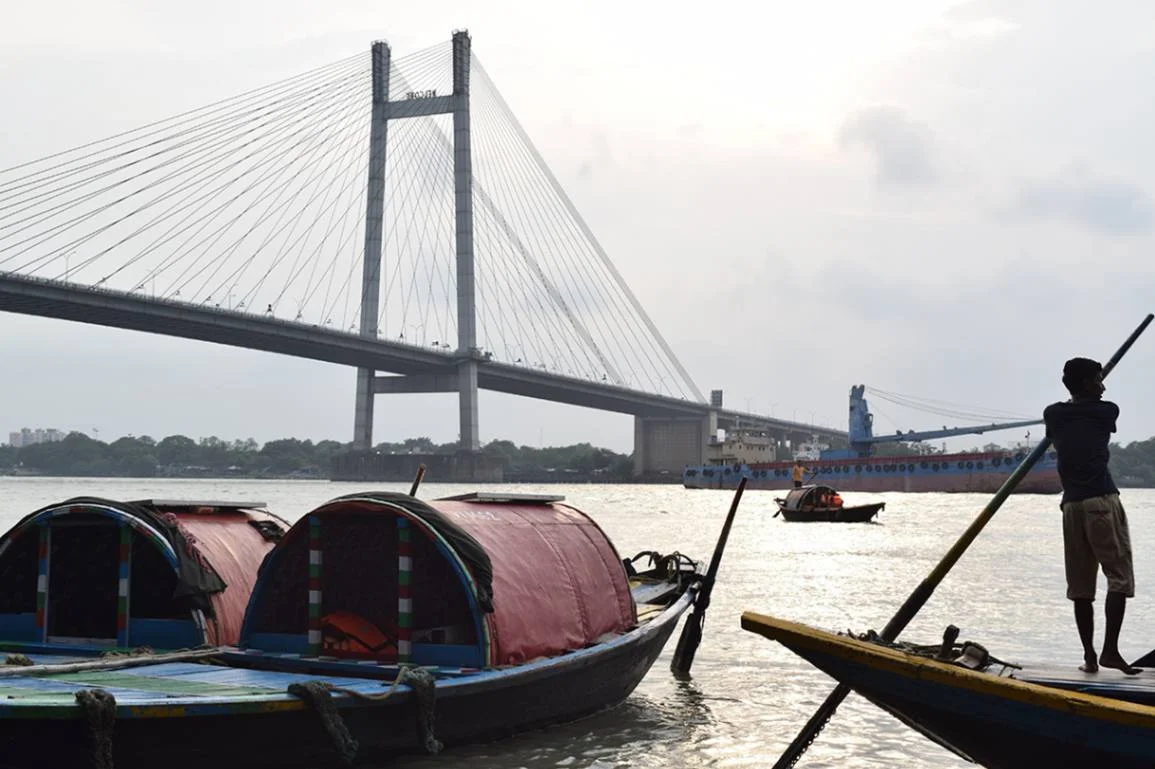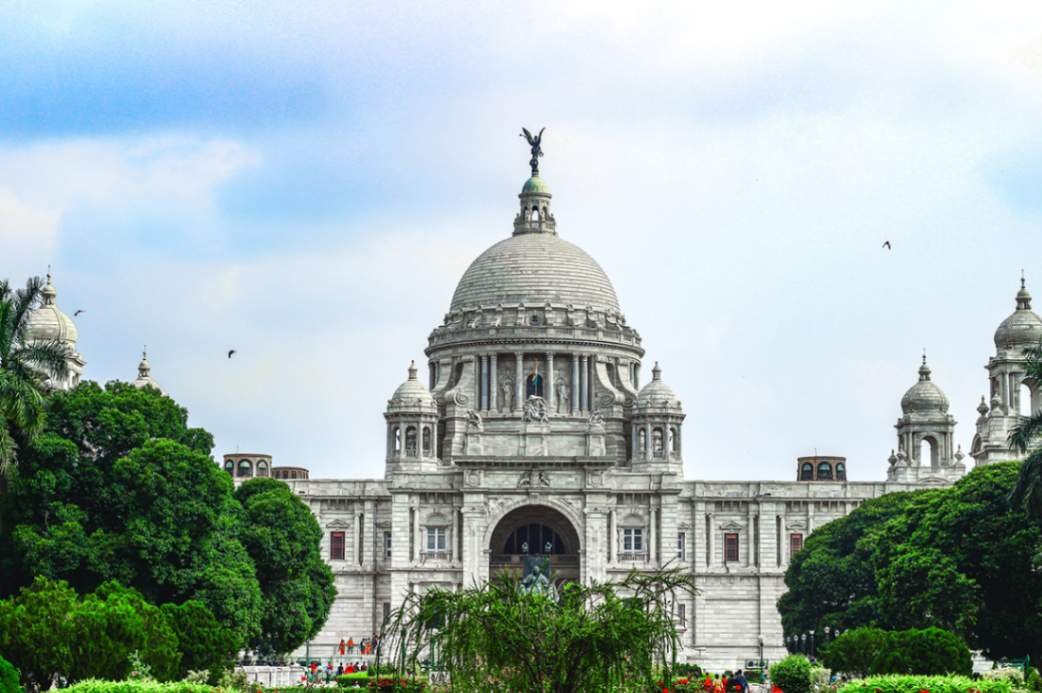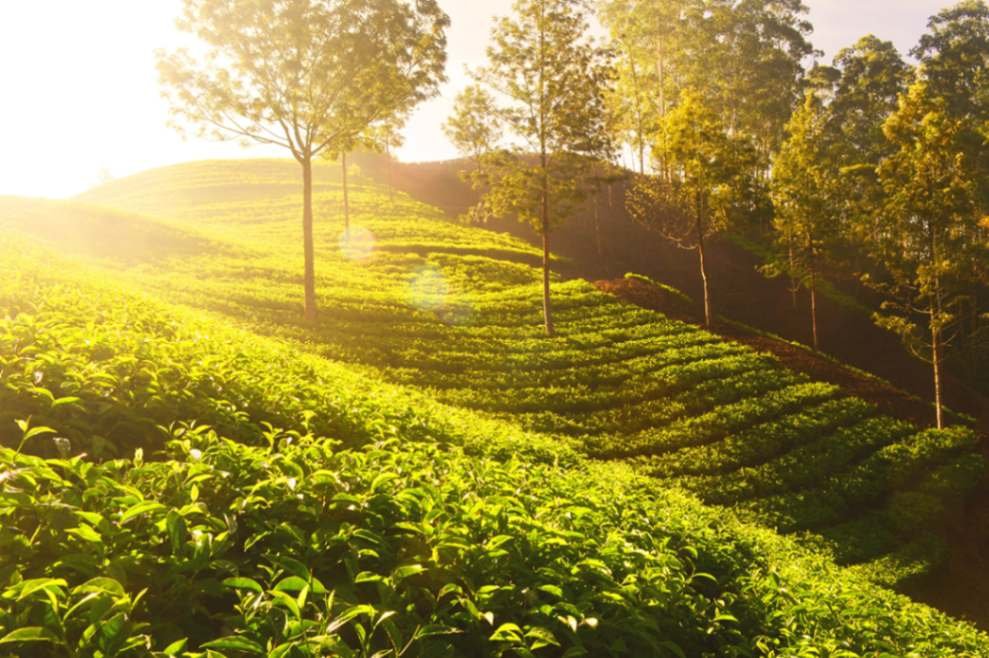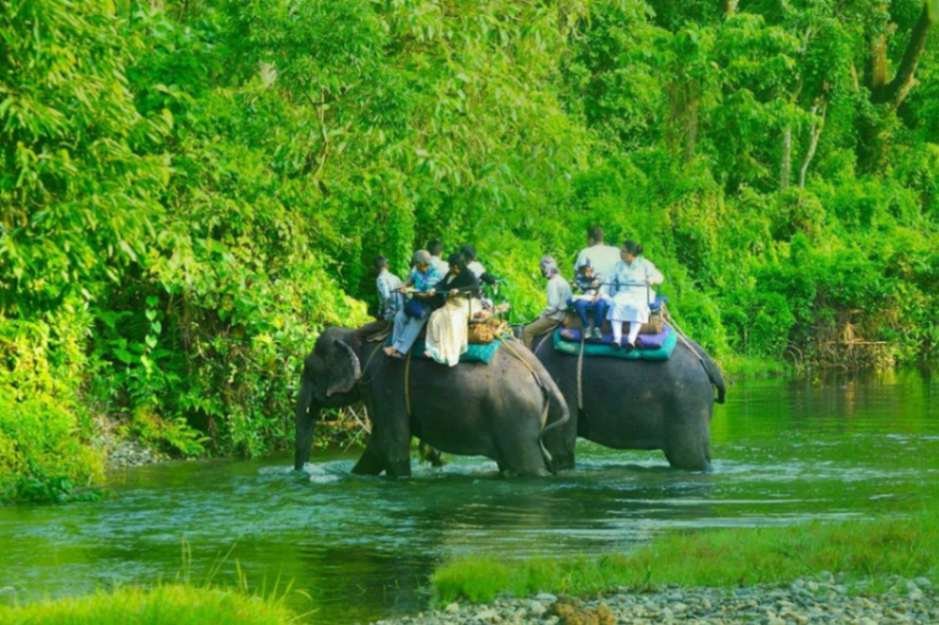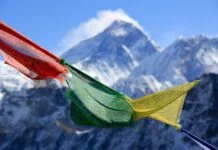West Bengal, a state in the eastern part of India, is a land of rich culture, history and diversity. This article will take you on a journey through the fascinating aspects of West Bengal, covering its history, culture, geography and notable facts.
1. Introduction
West Bengal,The capital of West Bengal is Kolkata. is a state known for its rich history, vibrant culture and natural beauty. Located in the eastern part of India,
it shares its borders with the neighboring states of Bihar,Jharkhand,Odisha,Sikkim,Assam,Nepal,Bhutan, and Bangladesh. Let’s dive deep into the fascinating world of West Bengal.
2. Historical significance:Ancient roots
The history of West Bengal dates back to ancient times when it was part of the Magadha region. It was home to several ancient dynasties, including the Mauryas and the Guptas. The historical importance of the region is evident through the archaeological sites and ruins here.
The Middle ages West Bengal:During the medieval period, West Bengal witnessed the rise of powerful kingdoms like the Pala and Sena dynasties. This period contributed significantly to the state’s cultural and architectural heritage, leaving behind temples and sculptures that stand as testaments to its glorious past.
4.the Pala Empire
In the year 750 AD, the Gopala dynasty was controlled by Bengal’s first Buddhists.
He was crowned king during the transition to equal anarchy by an army candidate or individual.Parts of Bengal and Bihar were included in the Pala kingdom during his rule.
He constructed the monastery in Bihar’s Odantapuri.
(Dominion: 750–770 AD)
Dharmapala, the son of Gopala and his successor, was a devoted Buddhist. the Bihar city of Bhagalpur’s Bikramshila University.In the Palas’ administrative north and east, the Palas grew to be the largest states.
(Dominion: 770–810 AD)
Son of Rashtrakuta princess Ranadevi and Dharmapala.He was a devoted Buddhist who established new territories for the kingdoms of Assam, Orissa, and Kamrup as well as several temples and monasteries in Magadha.Amogar was defeated by the Rashtrakuta emperor.
Devapala (810–850 A.D.)
In 988 AD, Mahipala I took the throne.
Bihar, which has recovered, is also excellent.
Rampal, a Pala monarch, reigned from 1144 to 1162 AD as Madanapala.
During the rule of his son Kumarapala, the city vanished.In Bengali history, the Pala Yuga is referred to as the “Golden Yuga”. They constructed excellent monasteries and temples like Odantapuri Math and Sompur Mahavihar in Bangladesh.Additionally, they support Buddhist educational institutions in the north including Vikramshila and Nanda University.
During this time, the Bengali language was formed. This Charyapad Samasti Karma is the subject of the earliest Bengali literature. It was written in an Abhatta, which is related to Assamese, Oriya, Bengali, and Maithili.
5.The Sena Dynasty
Bengal was governed by the Sena Dynasty from approximately 1097 to 1225 AD. The majority of their subcontinent’s northeastern region was governed by the Sena dynasty. Earlier, the government was superior to both Bengal and the Pala Dynasty B. In contrast to the Palas, who were Buddhists, those rulers were devoted Hindus. Their resistance in the southern region of Karnataka is documented in the Deopara inscription. Samar Sen, one of the southern states, is mentioned in the Shilapi.
Samar Sen was replaced by Hemanta Sen, the first member of the family to receive royal titles in family records, who came to power in 1095 AD and proclaimed himself king. Vijaya Sahasa, his successor, played a key role in establishing the dynasty.
We will talk about Sens (11th–12th century) in this site.
Sen. Rajbash increased his influence in Karnataka’s southern area.Madanapala, the final monarch of the Pala dynasty, was overthrown by Vijayasena, who thereafter established the Sena dynasty. He belonged to the Sen kingdom.Aristocrats, also known as Ballal Sena’s reforms, were brought about in Bengal by his son, Ballal Sena (1160–178).
Ballal Sena was followed by Laxmansen. Lakshmanasena was this dynasty’s greatest sage.
Near the conclusion of the reign, he was overthrown. observing his country’s isolation.
Muhammad Bhakti’s Khalji, Sen provided the state with local news in 1204 AD.
The Sens’ Demise:Early in the 13th century (c. 1203–1204 AD), Muhammad bin Bakhkhaljin, a general of the Muhammad Ghortar tribe, repeatedly invaded Bengal and Bihar and incorporated them into the Islamic state. North-West Bengal was captured and given to East Bengal by him.
Colonial period
The arrival of the British in the 17th century marked a significant chapter in the history of West Bengal. It became a center of colonial trade and administration, leading to the rise of Calcutta as a prominent city and capital of British India until 1911.
Geographical diversity
West Bengal boasts of a diverse landscape, ranging from the delta of the Sundarbans to the foothills of the mighty Himalayas. The state is intersected by several rivers, including the Ganges, Brahmaputra and Hooghly, making it fertile and ideal for agriculture.
Cultural heritage:Literature and Art: West Bengal has been a center of literary and artistic creativity for centuries. It is the birthplace of famous poets like Rabindranath Tagore, who composed the national anthems of India and Bangladesh. The state’s vibrant arts scene includes classical music, dance forms like Kathak and Odissi, and a rich theater tradition.
Festivals and celebrations:The people of West Bengal are known for their exuberant celebrations, with Durga Puja being the most famous. This grand festival honors Goddess Durga and includes elaborate decorations, processions and cultural performances. Other festivals like Diwali, Eid and Christmas are celebrated with equal fervor, showcasing the state’s religious diversity.
Politics and governance:The political scene in West Bengal is dynamic with a history of influential leaders and vibrant democratic processes. The state has a unique political history with the long rule of the Left Front and the emergence of new political players in recent times.
Education and Innovation: Education and research are emphasized in West Bengal. It is home to prestigious institutions like Jadavpur University, Presidency University and Indian Statistical Institute. The state has made significant contributions to scientific research and technological innovation.
West Bengal Tourism And Attractions
West Bengal is a treasure trove of diverse landscapes, historical sites, and cultural experiences. From bustling cities to serene natural reserves, this state offers something for every traveler. Here are some of the top tourism attractions in West Bengal:
Kolkata: The City of Joy:Kolkata, the capital of West Bengal, is a city that pulsates with life and culture. It’s a melting pot of traditions, and its streets are adorned with historical landmarks and modern marvels.
Victoria Memorial: This iconic marble building is a symbol of Kolkata and a museum that houses an impressive collection of art and artifacts.
Howrah Bridge: Spanning the Hooghly River, the Howrah Bridge is an engineering marvel and a popular spot for evening walks.
Indian Museum: Established in 1814, it’s one of the oldest museums in India, featuring a vast range of exhibits from art and archaeology to natural history.
Dakshineswar Kali Temple: Located on the banks of the Ganges, this temple is dedicated to the goddess Kali and is known for its stunning architecture.
Sundarbans: Mangrove Paradise:Sundarbans, a UNESCO World Heritage Site, is a vast mangrove forest and an important wildlife habitat. It is home to the elusive Bengal tiger and numerous other species. The serene beauty of Sundarbans attracts nature lovers from all over the world.
Sundarbans National Park: Explore the wilderness of the Sundarbans through boat safaris and witness the stunning biodiversity, including saltwater crocodiles and spotted deer.
Sajnekhali Wildlife Sanctuary: This sanctuary offers a chance to spot tigers and various bird species. The Sajnekhali watchtower provides panoramic views of the area.
Darjeeling: The Queen of Hills,Nestled in the Himalayan foothills, Darjeeling is a charming hill station known for its tea plantations and breathtaking views of the mountains.
Darjeeling Himalayan Railway: This UNESCO-listed narrow-gauge railway offers a scenic ride through tea gardens and offers stunning views of the Himalayas.
Tiger Hill: Visit Tiger Hill at dawn to witness a mesmerizing sunrise over the Kanchenjunga Range, the third-highest peak in the world.
Singalila National Park: Located near Darjeeling, this park is known for its trekking trails and stunning views of the Himalayas.
Mirik: A tranquil hill station known for its serene Sumendu Lake and orange orchards.
Dooars: A vast stretch of tropical forests, tea gardens, and wildlife sanctuaries, offering opportunities for nature walks and safaris.
These are just a few of the many attractions that West Bengal has to offer. Whether you’re a history buff, a nature lover, or a food enthusiast, West Bengal’s tourism landscape is sure to leave you enchanted and wanting more. So, pack your bags and explore the diverse and culturally rich state of West Bengal!
West Bengal food
West Bengal cuisine is a delectable fusion of flavors with a focus on rice and fish. Must-try dishes include “Machher Jhol” (fish curry), “Shorshe Ilhas” (Hilsha fish in mustard sauce), and sweets like “Rasgulla” and “Sandesh”.
Language and Communication
Bengali is the primary language spoken in West Bengal. The state prides itself on its literary heritage, Bengali literature being one of the most significant contributions to Indian literature.
Notable personalities
West Bengal has produced numerous notable figures including Nobel laureate Amartya Sen, filmmaker Satyajit Roy and revolutionary freedom fighter Netaji Subhash Chandra Bose.
Conclusion
West Bengal’s journey through time has made it a vibrant and culturally rich state. Its history, geographical diversity and cultural heritage make it a significant part of India. Whether you are a traveler, history buff, or just curious about India’s eastern gem, West Bengal has something to offer for everyone.
Frequently Asked Questions
Question 1: What is the capital of west bengal?
West Bengal,The capital of West Bengal is Kolkata.
Question 2: What is the significance of Durga Puja in West Bengal?
Durga Puja is one of the most significant festivals of West Bengal, celebrating the victory of Goddess Durga over evil. It involves grand celebrations, elaborate decorations and cultural performances.
Question 3: Are there opportunities for wildlife enthusiasts in West Bengal?
Absolutely! West Bengal offers incredible opportunities for wildlife enthusiasts, with the Sundarbans and other national parks teeming with diverse flora and fauna.
Question 4: Which famous personality hails from West Bengal?
West Bengal has produced notable personalities like Rabindranath Tagore, Amartya Sen, Satyajit Ray and Netaji Subhas Chandra Bose.
Question 5: What is the primary language of the state?
Bengali is the primary language spoken in West Bengal, which also has a rich literary tradition.
Darjeeling Diaries: A Visual Journey Through the Picturesque Beauty of India’s Gem

